Ultra Fast Analysis of Synthetic Colourants
Shimadzu Application Note
Synthetic colourants are used multifunctionally, for example, as food additives, in clothing colours and in toys. Their quality and harmlessness has to be proven by analytical methods.
Speed and throughput are critical parameters in the testing method. The Nexera UHPLC system meets these criteria and offers stable and reliable results.
The method described below enables separation of 12 synthetic colourants (Table 1). A core-shell Phenomenex Kinetex C18 column with 2.6 μm was used: porous membrane of 0.35 μm was combined with a 1.9 μm solid core.
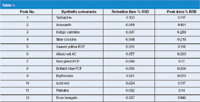
Table 1:
The chromatograms show the transfer from the standard method onto the UHPLC.
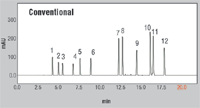
Figure 1: Standard method with Shim-Pack VP ODS.
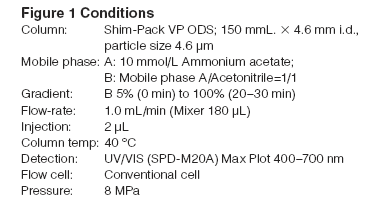
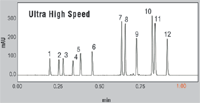
Figure 2: UHPLC method using the Phenomenex Kinetix column.
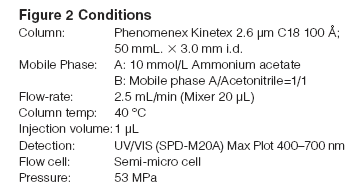
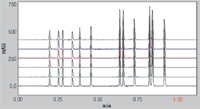
Figure 3: Data comparison/overlay of six consecutive runs.
Summary
The time of conventional analysis of the standard mixture was shortened significantly. The achieved repeatability of the retention time and the peak areas underlines the overall good performance.
Source: Nexera Application Data Sheet No 14

Shimadzu Europa GmbH
Albert-Hahn-Str. 6–10, D-47269 Duisburg, Germany
tel: +49 203 7687 0 fax: +49 203 76 66 25
E-mail: shimadzu@shimadzu.eu Website: www.shimadzu.eu
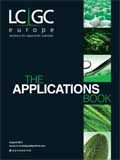
Analytical Challenges in Measuring Migration from Food Contact Materials
November 2nd 2015Food contact materials contain low molecular weight additives and processing aids which can migrate into foods leading to trace levels of contamination. Food safety is ensured through regulations, comprising compositional controls and migration limits, which present a significant analytical challenge to the food industry to ensure compliance and demonstrate due diligence. Of the various analytical approaches, LC-MS/MS has proved to be an essential tool in monitoring migration of target compounds into foods, and more sophisticated approaches such as LC-high resolution MS (Orbitrap) are being increasingly used for untargeted analysis to monitor non-intentionally added substances. This podcast will provide an overview to this area, illustrated with various applications showing current approaches being employed.
















